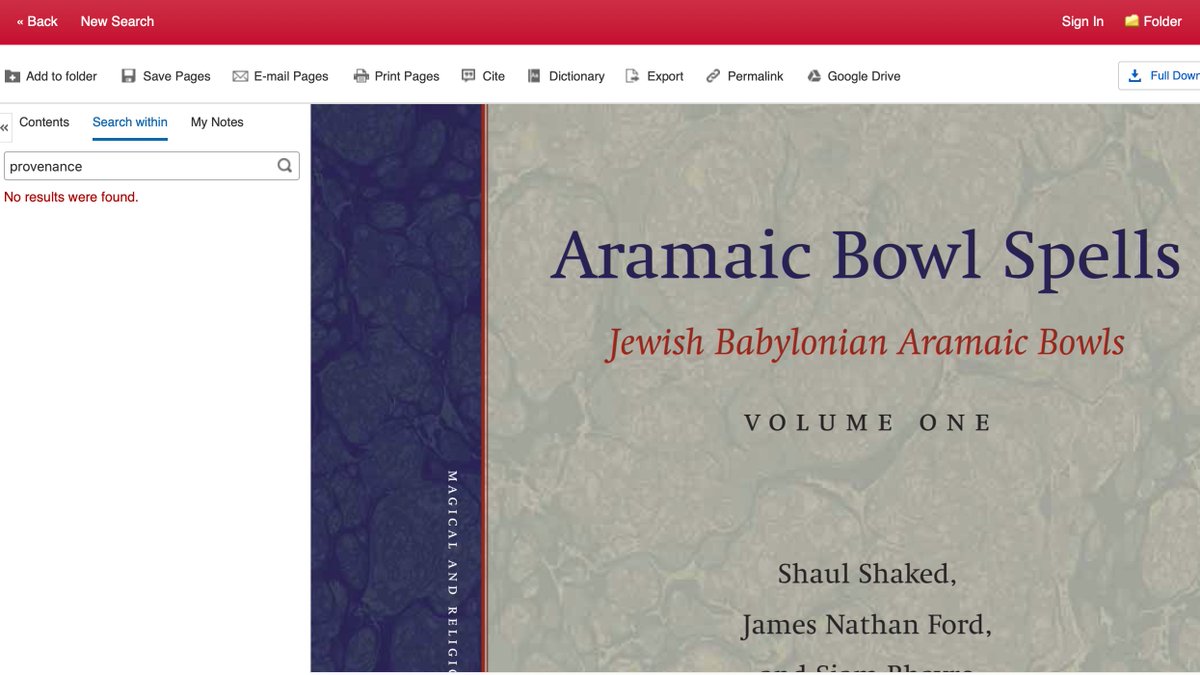"After seeing the pyramid, all other architecture seems but pastry."
Herman Melville at Giza (Journal Of A Visit To Europe And The Levant 1856-1857)
Herman Melville at Giza (Journal Of A Visit To Europe And The Levant 1856-1857)

"The tearing away of the casing, though it removed enough stone to build a walled-town, has not subtracted from its apparent magnitude. It has had the contrary effect." 

In January 1857 Melville makes it to Palestine.
"A delightful ride across Plain of Sharon [really plain of Philistia] to Jaffa. Quantities of red poppies."
"A delightful ride across Plain of Sharon [really plain of Philistia] to Jaffa. Quantities of red poppies."

Melville at Jaffa: "From the top of it, I see the Mediterranean, the Plain, the mountains of Ephraim. A lovely landscape."
But
"I am emphatically alone, & begin to feel like Jonah."
But
"I am emphatically alone, & begin to feel like Jonah."

Melville makes an interesting reference to "strata" of cities under present-day Jerusalem!
(By 1857 it had become common to talk about past Jerusalem as buried below, but this is the 1st time I've seen this word appear.)
(By 1857 it had become common to talk about past Jerusalem as buried below, but this is the 1st time I've seen this word appear.)

Melville's mention of remains 40 feet below the surface might refer to those uncovered during the construction of Christ Church near Jaffa Gate in the 1840s -- an even often mentioned in subsequent accounts.
https://twitter.com/MichaelDPress/status/1309153273341976577
Like so many other American & European visitors at the time, Melville looks at Palestine and sees desolation.
"In the emptiness of the lifeless antiquity of Jerusalem the emigrant Jews are like flies that have taken up their abode in a skull." Ugh.
"In the emptiness of the lifeless antiquity of Jerusalem the emigrant Jews are like flies that have taken up their abode in a skull." Ugh.

Besides being a strange way to describe a city of 10-15 thousand people, the description is a cliché.
Compare Edouard Lockroy on the village of Qala'at al-Husn inside Krak des Chevaliers, the famous Crusader castle in Syria, in the early 1860s:
Compare Edouard Lockroy on the village of Qala'at al-Husn inside Krak des Chevaliers, the famous Crusader castle in Syria, in the early 1860s:
https://twitter.com/MichaelDPress/status/1002024291486064641
Melville's failed attempts to understand Palestine (and Jews) continue.
He adds: "Besides, the number of Jews in Palestine is comparatively small. And how are the hosts of them scattered in other lands to be brought here? Only by a miracle."
He adds: "Besides, the number of Jews in Palestine is comparatively small. And how are the hosts of them scattered in other lands to be brought here? Only by a miracle."

• • •
Missing some Tweet in this thread? You can try to
force a refresh

















